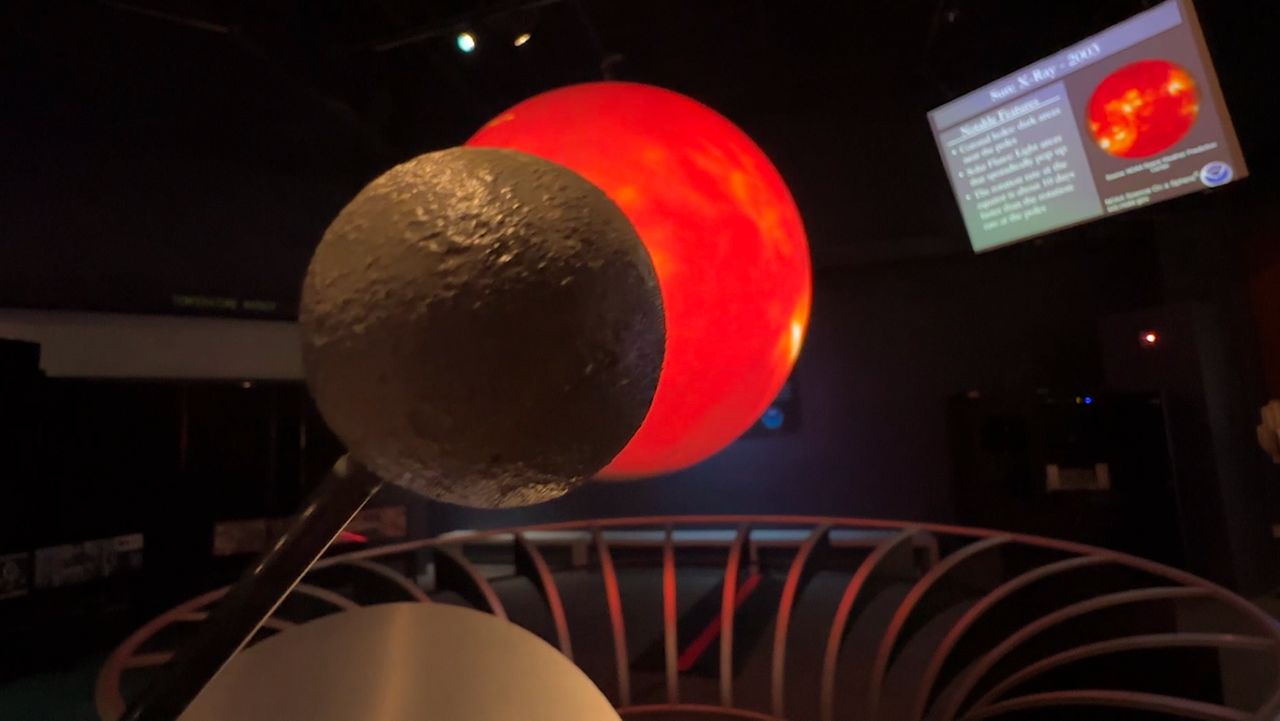‘Capable of Change and Evolution’: The Debut of Harvard’s Undergraduate Science Heart | Information

Now, obtaining a class in the Science Heart is a staple of the Harvard Faculty expertise. But when the Class of 1973 arrived at Harvard, construction had not even begun on what is now an legendary element of the University.
The sprawling creating, which lies just outside the house the north gates of Harvard Garden, is house to amenities utilised by 8 educational departments at the University.
First suggested in the 1950s by a school committee arranged by then-Faculty of Arts and Sciences Dean McGeorge Bundy, the undertaking was eventually adopted in 1968 soon after Polaroid Company co-founder Edwin H. Land, who attended Harvard for 1 calendar year but did not entire his diploma, donated $12.5 million pounds for its development. The constructing was made by Josep Lluís Sert, then-dean of the Harvard Graduate College of Structure, and opened in 1973.
The Science Center was developed on the previous web site of Lawrence Hall, a Harvard constructing relationship back again to 1847. In 1970, following Harvard designated Lawrence Hall for demolition to make home for the Science Centre, a group of graduate students occupied Lawrence Hall as element of a movement they dubbed the Cost-free College.
The Free of charge University’s intention was to deliver Cantabrigians with an choice, far more progressive education and learning. As David Holmstrom — a former Social Research and Govt tutor who experienced the building’s sole essential at the time — advised The Crimson in 2019, the No cost University “just preferred the constructing.”
But on Might 8, 1970, Lawrence Corridor burned down in a fire at 4 a.m., marking the stop of the Free University and paving the way for Harvard’s Science Center designs.
After building broke ground on the Science Middle, the building was to begin with unpopular among lots of faculty associates and learners. Some popular criticisms of the job provided protests from associates of the Biology office regarding relocating undergraduate instruction absent from the department’s major quarters and the building’s style itself.
“We would not know how to give [Nat Sci 5] a few blocks away,” said former Harvard Biology professor George Wald to The Crimson at the time. “The undergraduates would be finding a hell of a ton poorer instruction than now.”
In accordance to Peter Shapiro ’74, a lot of university student criticisms of the creating stemmed from a dislike of the brutalist model the building was made in — the same procedure made use of for the also-controversial Boston Town Corridor, done in 1968.
“There was great quantity of sentiment considering that the making was hideous and did not in good shape in,” Shapiro, a former Crimson taking care of editor, stated in an job interview. “It was the scenario that, in common, all present day architecture was considered of as not fitting in and the Science Centre was specially significant and looming and brutalist in its design and style.”

Proponents of the Science Heart contended that making a central hub for undergraduate science instruction would strengthen the working experience of Harvard College’s science learners.
Just after its initial building, the creating has undergone a number of renovations, including an growth that took area in 2002.
“There had been a selection of departments that have been developing speedily. Historical past of Science, computational science, and Studies ended up all growing incredibly fast and necessary far more space,” claimed Andrea Leers, lead architect of the building’s 2002 expansion. “At that point, we were being asked to look at how significantly new place could be captured in vertical additions pretty much independently of what they needed — they were being seeking for as a great deal space as doable to enlarge.”
The project’s architects tried using to “enter into the way of thinking of that building” to maintain its distinct seem and feel while guaranteeing it “wasn’t likely to be additional of the very same,” she said.
Leers mentioned she has been asked to function on the developing in jobs just after the 2002 growth, which include renovating the 2nd ground of the Cabot Science Library and “some laboratory renovations on the initial and 2nd floors,” introducing that the setting up has the capability to adapt more than time.
“The constructing has acquired great bones — it’s a fantastic framework. It is able of change and evolution and I imagine it has a extensive existence in advance of it,” she mentioned.
—Staff writer Neil H. Shah can be attained at [email protected]. Comply with him on Twitter @neilhshah15.






